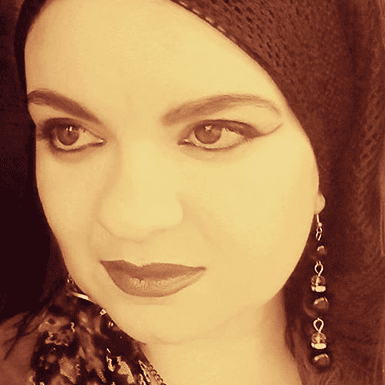Breaching Israeli military orders has become the norm, despite IDF claims that it endeavours to minimise physical harm to Palestinians. A report by Defence for Children international – Palestine Section outlines the violence inflicted upon Palestinian civilians, stating that at least 24 children have been injured by crowd control weapons, and only a third of these cases involved children participating in protests.
Military regulations state that “The transition from one state to the next may be undertaken only if the previous means employed to stop the violent rioting did not succeed in doing so, or if it is impractical under the circumstances”. However, testimony from Palestinians and children in particular, outline severe misuse of weapons which have inflicted severe injury and disability.
Testimony from injured children and eyewitnesses regularly disregarded by the military, have affirmed excessive violence against civilians despite lack of provocation or clashes with Israeli soldiers. Atta Sabah, age 12, was shot by an Israeli soldier upon trying to retrieve his bag, which has been tossed away by one of his friends. Despite the lack of peril to the soldiers’ safety, live bullets were used, with the inflicted injury causing paralysis. Teenager bystanders and others seeking refuge during clashes have also been targeted by Israeli soldiers firing rubber coated bullets and live ammunition.
The regular targeting of civilians is described as a necessary and sporadic occurrence by Israeli officials, who have pledged loyalty to the soldiers in various manners which bequeath an indomitable impunity. Systematic violations are deemed exceptions by Israeli authorities, thus reinforcing the practice of ignoring statements from witnesses. With the military safeguarded from any rigorous investigative procedure, the detachment of the oppressor from the oppressed increases to the point of oblivion, which might be constructed as an incessant obsession to influence public and international opinion of the necessity to ‘protect the stability and security of the region and for the defence of the state of Israel’.
Despite denial, lack of legal proceedings against soldiers carrying out intentional and unwarranted assaults, as well official insistence that the observation of regulations is rigorously carried out and implemented, Palestinians remain shackled within a dimension which accuses them of violence while vehemently denying the actual violence of the physical presence of the occupying power. The actual provocation from the occupation is transferred onto Palestinian civilians or others engaged in the enshrined right of resistance while the expectation to conform to superior, and brutal, propaganda, is erroneously glorified to something akin of a moral obligation.
The expectation of acquiescence is deeply rooted in Israel’s discourse. Within memory frameworks, persecution creates emblems for the oppressed, which captures a fragment of a wider truth to be publicly validated and thus combat the dehumanisation of victims, who have to struggle with both the occupation and its atrocities, as well as the repercussions inflicted upon the individual and the wider community. For Palestinians, whose national identity has been geographically scattered and displaced, the emblem of the oppressed is an internationally unifying feature reminiscent of the colossal struggle against the Israeli occupation, as well as the alienation of the international community in adhering to Israel’s narrative of security concerns in order to avoid any process of establishing complicity and accountability.
The views expressed in this article belong to the author and do not necessarily reflect the editorial policy of Middle East Monitor.








